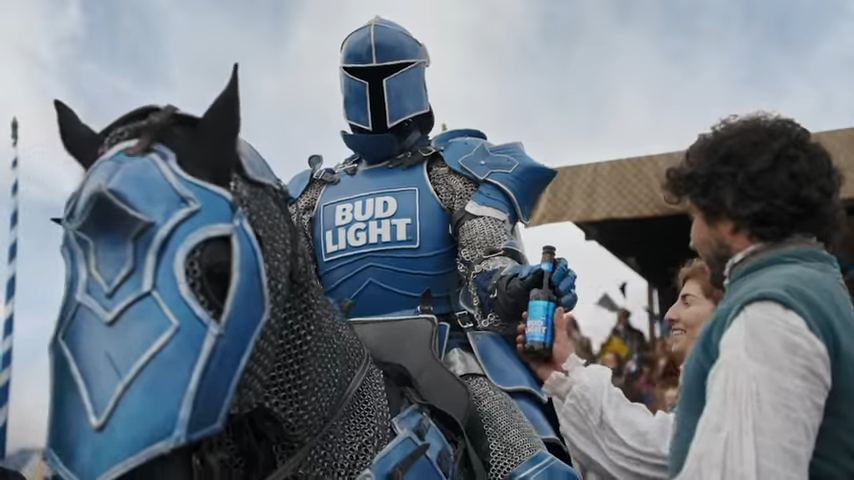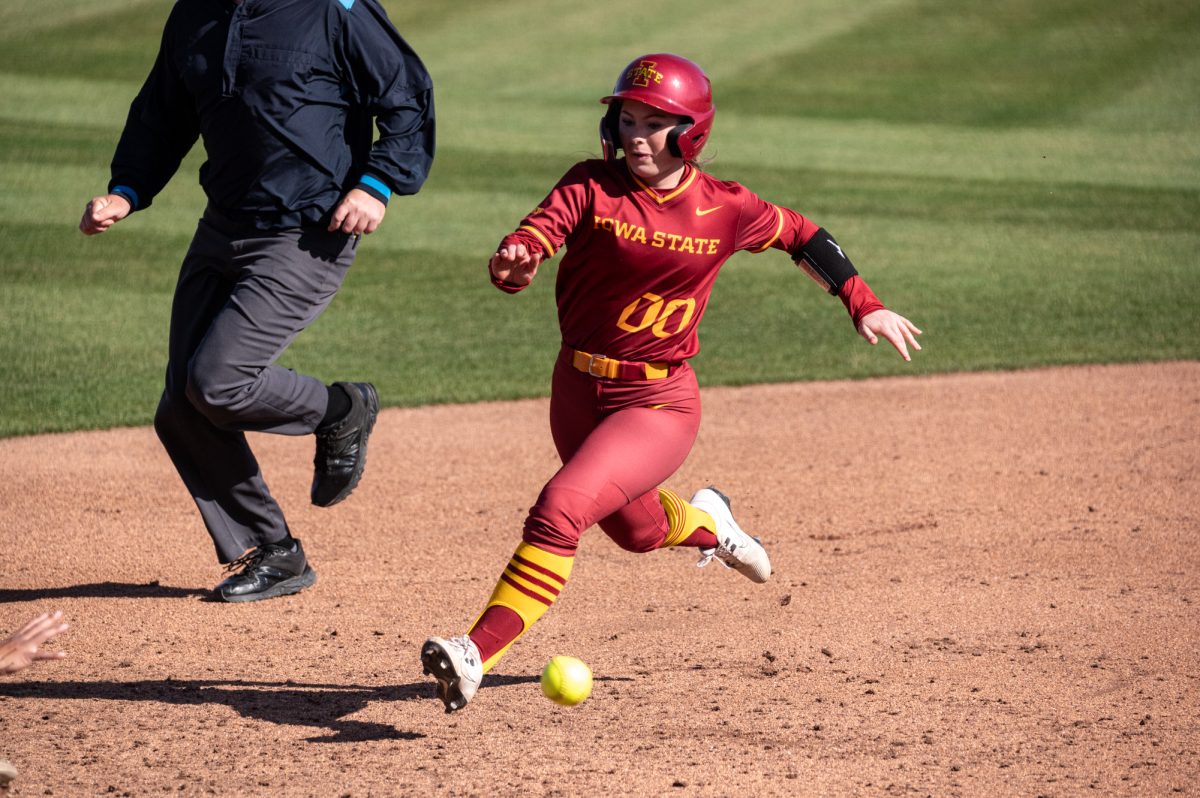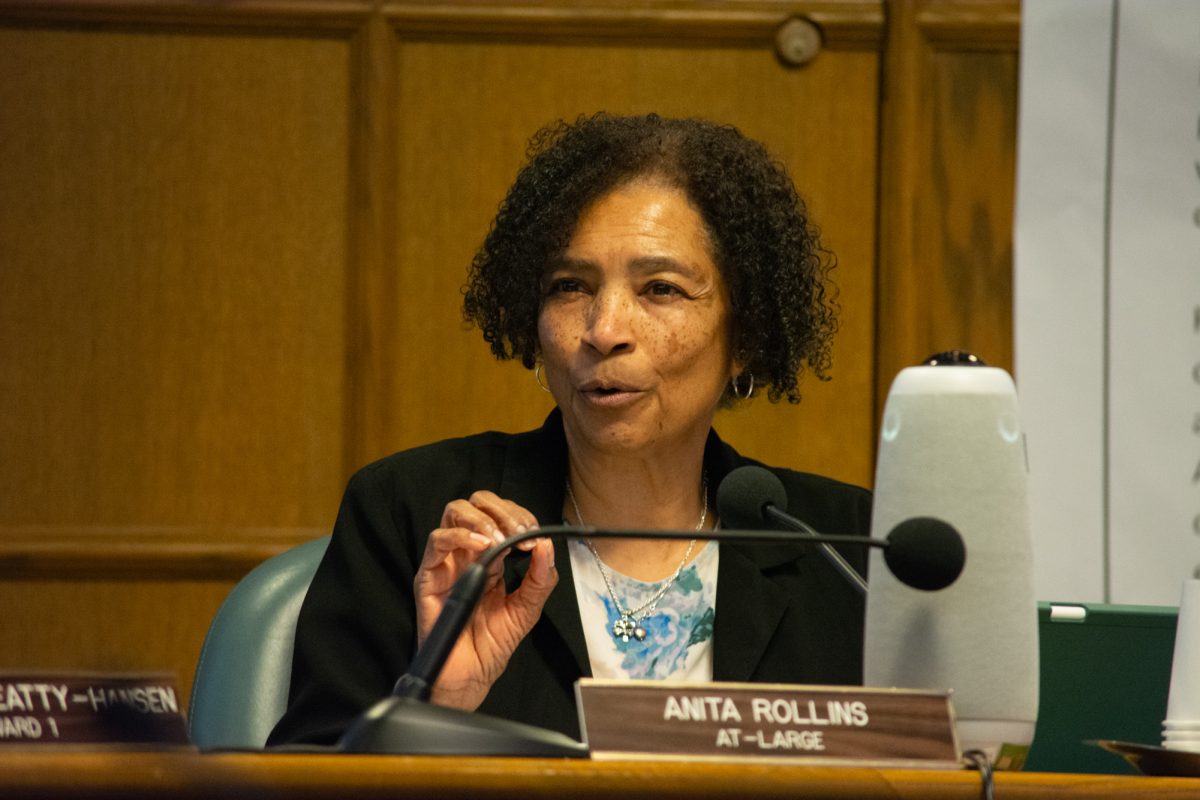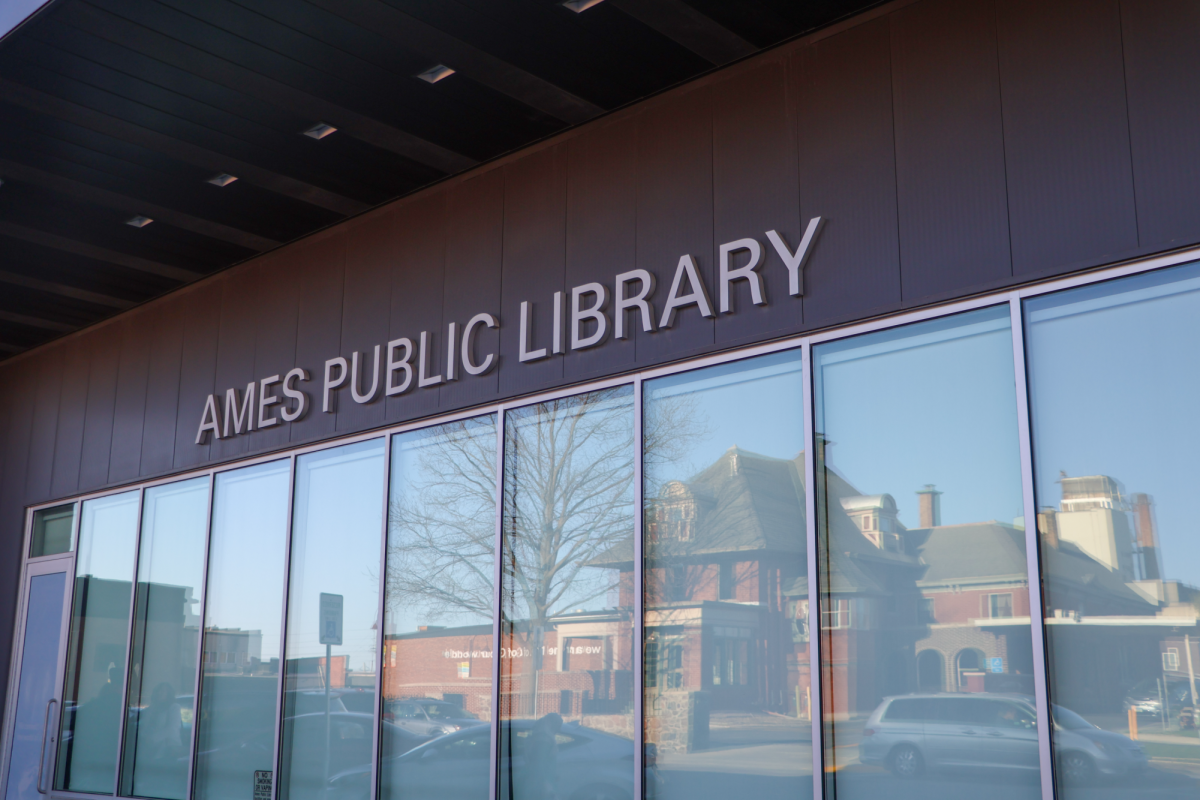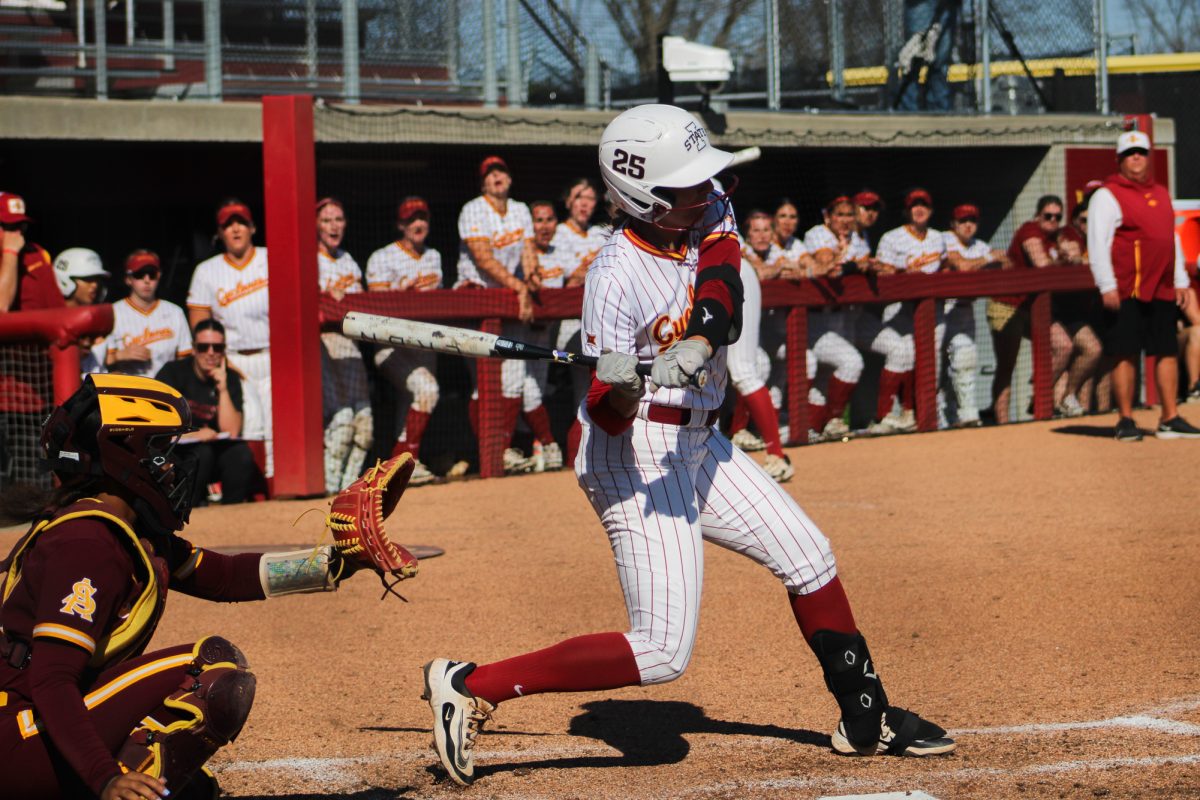Study finds alcohol ads lead to an increase in underage drinking
In a recently published study, 99 percent of middle school and high school students surveyed for the study had heard of Budweiser/Bud Light, the top spender on advertising, and 44 percent said they had used the brand.
December 4, 2019
Advertising strategies used by beer companies appear to influence underage drinking, according to new research from Iowa State.
The findings of the study show that the amount of money spent on advertising predicted the percentage of teens who had heard of, preferred and tried different beer brands.
For example, 99 percent of middle school and high school students surveyed for the study had heard of Budweiser/Bud Light, the top spender on advertising, and 44 percent said they had used the brand.
The study, published by Addictive Behaviors Reports, is one of the first to examine the relationship among advertising budgets, underage drinking and awareness of brands. The study was led by Iowa State professor of psychology Douglas Gentile, assistant professors of psychology Brooke Arterberry and Kristi Costabile and Aalborg University assistant professor Patrick Bender.
According to the study, advertisers use cognitive and effective strategies like humor, animation, funny voices and special effects that often appeal to youth.
To test this, the team looked at money spent on beer ads to determine the relationship between preference, loyalty, awareness of brands and use among teens. The team then compared advertising strategies with teens’ intention to drink as an adult and current alcohol consumption.
Of the 1,588 middle and high school students surveyed, more than half, 55 percent, had at least one alcoholic drink in the past year, 31 percent had one or more drinks at least once a month and 43 percent engaged in heavy drinking.
When asked to name their two favorite TV commercials, alcohol-related ads had the highest recall (32 percent), followed by soft drinks (31 percent), fashion (19 percent), automotive (14 percent) and sports (9 percent). A quarter of those surveyed said they owned alcohol-related products.
The research conducted showed teens are heavy consumers of media and therefore exposed to more advertising. Costabile, who studies entertainment narratives, said advertisers, both beer companies or other brands, know that the message is more persuasive when delivered as a story.
“Viewers or readers aren’t thinking about the message through a critical lens,” Costabile said in a press release. “Instead, audiences become immersed in a compelling story and identify with the characters, a process which leads them to unintentionally be persuaded by the messages of the story.”
According to the Federal Trade Commission, 14 alcohol companies spent $3.45 billion on marketing in 2011. Of that amount, 26 percent was spent on advertising.
Spending has grown since 1999, when Iowa State researchers collected the survey data. At that time, the top five advertised brands — Budweiser/Bud Light, Miller Genuine Draft/Miller Lite, Coors/Coors Light, Corona/Corona Extra and Heineken — spent just over one billion dollars.
The Iowa State researchers also asked teens about their intentions to drink as an adult. Advertising and parent and peer approval of drinking were all significant predictors of intention to drink. Arterberry said with a growing number of young adults reporting substance use disorders, this study offers insight as to why some may start drinking at a young age.
“By understanding what influences behavior we can design more effective prevention and intervention programs to reduce underage drinking, which in turn could lessen the likelihood that alcohol use becomes a problem,” Arterberry said in a press release.


